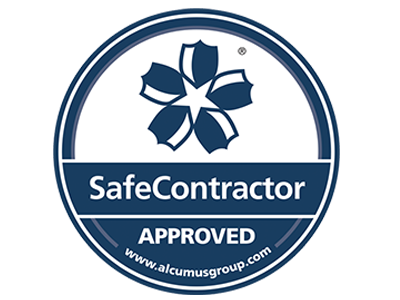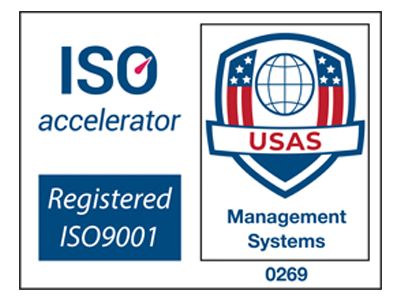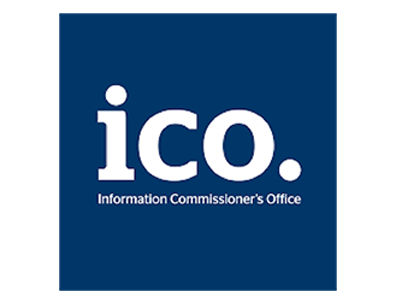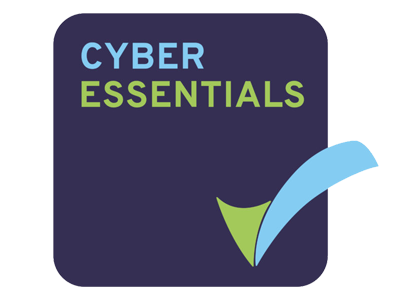You may read from Protecting Your Business (Part 1): The Power of Corporate Security Services
Assessing your business’s security needs
Before implementing any security measures, it is essential to assess your business’s unique security needs. A thorough assessment will help identify vulnerabilities, prioritize risks, and determine the most effective security solutions for your organization.
- Identify Assets: Start by identifying the assets that need protection. This includes physical assets, such as buildings, equipment, and inventory, as well as intangible assets, such as intellectual property and customer data. Understanding what needs protection will guide your security planning process.
- Evaluate Risks: Assess the potential risks and threats that your business may face. Consider both internal and external risks, such as theft, vandalism, cyber attacks, and natural disasters. Conduct a risk assessment to prioritize these risks based on their likelihood and potential impact.
- Analyze Current Security Measures: Review your existing security measures to determine their effectiveness. Identify any gaps or weaknesses in your current security infrastructure and processes. This analysis will help you identify areas for improvement and guide your decision-making process when selecting security solutions.
- Consider Compliance Requirements: Depending on your industry, your business may be subject to specific regulatory requirements regarding security and data protection. Ensure that your security plan aligns with these compliance obligations to avoid penalties or legal complications.
By conducting a comprehensive assessment of your business’s security needs, we at 2020PSL can develop a tailored security plan that addresses your specific risks and vulnerabilities.
Implementing an effective security plan
Once you have assessed your business’s security needs, the next step is to develop and implement an effective security plan. An effective security plan should be comprehensive, proactive, and adaptable to evolving threats.
- Physical Security Measures: Implement physical security measures to protect your premises and assets. This may include installing surveillance cameras, access control systems, alarms, and physical barriers. Consider hiring professional security personnel who can provide a visible deterrent and respond quickly to incidents.
- Cybersecurity Measures: Develop a robust cybersecurity strategy to protect your digital assets. This involves implementing firewalls, antivirus software, intrusion detection systems, and encryption protocols. Regularly update software and conduct employee training to promote cybersecurity awareness and best practices.
- Employee Training and Awareness: Train your employees on security protocols and best practices. This should include educating them on physical security measures, cybersecurity awareness, and how to respond to potential threats. Regularly communicate security updates and reinforce the importance of maintaining a secure working environment.
- Access Control and Authentication: Implement access control systems to restrict unauthorized access to sensitive areas, such as server rooms or executive offices. Use strong authentication methods, such as biometrics or two-factor authentication, to enhance security and prevent unauthorized access to digital resources.
- Incident Response Plan: Develop an incident response plan that outlines the steps to be taken in the event of a security breach or incident. This plan should include protocols for reporting incidents, containing the impact, conducting investigations, and notifying relevant stakeholders.
- Regular Audits and Reviews: Periodically review and evaluate the effectiveness of your security measures. Conduct audits to identify any weaknesses or gaps in your security infrastructure. Stay updated on the latest security trends and technologies to ensure your security plan remains relevant and effective.
By implementing an effective security plan, you can minimize the risks to your business and protect your assets, employees, and customers from potential threats.
Training employees on security protocols
While implementing robust security measures is essential, it is equally important to train your employees on security protocols and best practices. Employees play a crucial role in maintaining a secure working environment and protecting your business from threats.
- Security Awareness Training: 2020PSL can provide comprehensive security awareness training to all your employees. This training will cover topics such as physical security, cybersecurity, social engineering, and incident reporting. We make the training engaging and interactive to ensure maximum retention of information.
- Phishing and Social Engineering Awareness: Educate employees about the risks of phishing attacks and social engineering tactics. Teach them how to identify suspicious emails, avoid clicking on malicious links, and report any suspicious activities. Regularly conduct simulated phishing exercises to reinforce the training and identify areas that require improvement.
- Password Hygiene: Emphasize the importance of strong passwords and good password hygiene. Instruct employees to use unique, complex passwords and avoid sharing them with others. Encourage the use of password managers to securely store and manage passwords.
- Physical Security Practices: Train employees on physical security practices, such as locking doors and windows, escorting visitors, and reporting any suspicious activities. Teach them how to properly secure sensitive documents and equipment to prevent unauthorized access or theft.
- Data Protection and Privacy: Educate employees about the importance of data protection and privacy. Instruct them on how to handle sensitive information, such as customer data or intellectual property. Reinforce the need to comply with applicable data protection regulations, such as GDPR or HIPAA.
- Mobile Device Security: With the increasing use of mobile devices in the workplace, it is crucial to educate employees on mobile device security best practices. Teach them about the risks of using unsecured Wi-Fi networks, downloading malicious apps, and losing devices containing sensitive information.
Regularly reinforce the training through reminders, newsletters, and ongoing communication. Encourage employees to report any security concerns or incidents promptly. By empowering your employees with the knowledge and skills to identify and respond to security threats, you create a strong line of defence for your business.
Monitoring and evaluating the effectiveness of security measures
Implementing security measures is not a one-time task; it requires ongoing monitoring and evaluation to ensure their effectiveness. Regularly assessing the performance of your security measures allows you to identify any vulnerabilities or areas for improvement.
- Security Incident Tracking: Implement a system for tracking and documenting security incidents. This can help you identify trends, patterns, and areas of concern. Analyze incident data to identify any recurring issues or weaknesses in your security infrastructure.
- Security Audits: Conduct regular security audits to assess the effectiveness of your security measures. Engage external experts to perform independent audits and assessments to gain a fresh perspective. These audits can identify any gaps or vulnerabilities that may have been overlooked.
- Testing and Penetration Testing: Regularly conduct testing and penetration testing of your security systems to identify any potential weaknesses or vulnerabilities. This can involve simulating real-world attack scenarios to evaluate the resilience of your security infrastructure.
- Employee Feedback and Reporting: Encourage employees to provide feedback on the effectiveness of security measures and report any concerns or incidents. Establish a culture of open communication where employees feel comfortable raising security-related issues.
- Benchmarking and Industry Best Practices: Stay updated on industry best practices and benchmark your security measures against them. Attend conferences, join industry associations, and network with other businesses to learn from their experiences and gain insights into emerging security trends.
- Continuous Improvement: Based on the findings from audits, testing, and employee feedback, make necessary improvements to your security measures. Regularly review and update your security policies and protocols to align with evolving threats and technologies.
By monitoring and evaluating the effectiveness of your security measures, you can proactively identify and address any weaknesses or gaps, ensuring that your business remains protected against potential threats.
Call us today 0330 808 197












